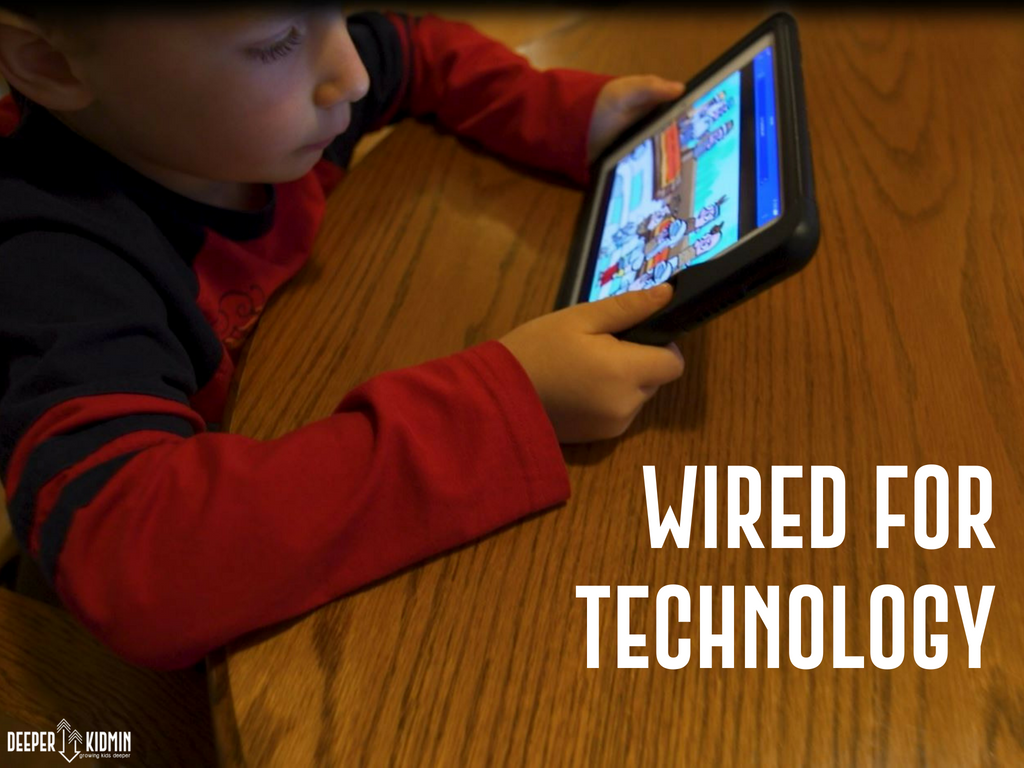
Think of children’s ministry like a game of darts. We want what we are teaching (the darts) to stick with the children we are teaching (the dartboard). Engaging children according to how they are wired developmentally and relationally allows us to take better aim and hit the bulls-eye.
Trying to teach a preschooler an abstract concept of faith would be like trying to throw the dart backward and hoping it sticks. It may leave an imprint, but will, for the most part, miss the mark completely. Knowing and understanding how children are uniquely wired for learning, technology, and relationships helps us be more effective in our presentation of Biblical truths and allows us to combine theology and scientific theory to create the most well-rounded approach to ministry and sharing the gospel.
Over the next month, I’ll share a new blog post each week that addresses how we can engage kids according to how they are uniquely wired for learning, technology, and relationships. We’ll start with how each child is wired uniquely.
While kids develop through life stages in roughly the same process, how they develop depends on each one’s unique personality and learning style. A social learner will need to talk about what she is learning to best understand it, but a solitary learner will prefer to work and think alone. A physical learner will need hands-on experience with the idea, while a verbal learner might just need to write out the idea in his own words. We tend to teach the way we prefer to learn, so be aware of your own learning style so you can ensure a balance of teaching methods in your ministry. If we treat all learners the same, we invite boredom-induced chaos. A quick Google search will provide more information and specifics on learning styles, so I won’t go into those here.
Being aware of the different learning styles and personalities of the children you serve will help you better engage them each week. Allowing children to interact with the day’s lesson in a variety of ways will help ensure you give each type of learner the opportunity to shine. One of my favorite ways to do this is through stations. Most curriculums offer a large-group, small-group format for Sunday mornings, but as a mobile church with limited time, space, and resources for creating an exciting environment, I had to come up with a way to make our mornings more engaging for kids.
So I adapted the big-name curriculum we were using to fit a new format: large-group time, then stations. Kids loved it! Read more about stations here.
Using stations, or at least evaluating the types of activities your children complete on a Sunday morning, can help increase your aim when throwing the darts. Because you engage them in the unique way that God designed them, kids are more excited about learning and therefore more receptive to the teaching.
Want to learn more about engaging kids according to how they are wired? Check out the next posts in the series below!





One Comment
[…] could almost say teaching children is like a game of darts. So by building relationships, teaching children at their developmental stages, and engaging them […]